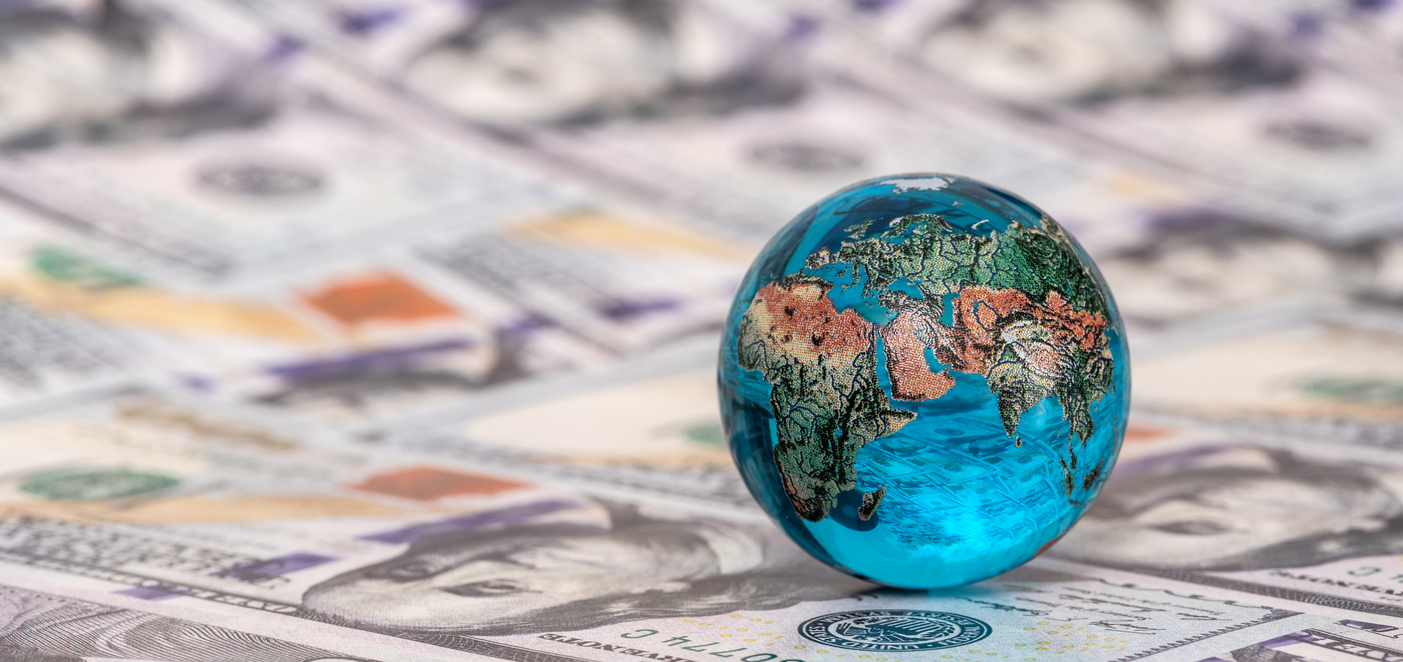Investing in Emerging and Frontier Markets

At one time, U.S. investors had limited opportunities to invest in companies that were based overseas. But today international investing is common, with investors buying stakes in firms across most of the world, either directly or through mutual funds or exchange-traded funds (ETFs). The chance to invest in formerly inaccessible developing markets offers fresh opportunities as well as risks.
Emerging vs. Frontier Markets
Before deciding to invest in developing markets, first consider whether you want to participate in emerging or frontier markets. Emerging markets are markets that have experienced considerable growth and appear well on their way to transitioning from developing to developed. They feature some (but not all) characteristics of developed markets, such as liquid equity and debt markets, a relatively stable currency and banking system, a reliable regulatory environment, increasing growth and per capita income, and good access for foreign investors.
Frontier markets are also making the journey from developing to developed, but they haven’t progressed as far as emerging markets. Frontier markets have greater perceived exposure to market volatility, less liquidity and, in some cases, political instability. Their legal and accounting standards might also be lower. These markets will likely have fewer large, stable companies available for individual investment; country-focused funds might be more readily available to investors.
In general, there are more opportunities to invest in emerging markets than in frontier markets. To find out how a particular country is categorized, check the index fact sheet provided by index providers such as MSCI, Morningstar EMI and S&P for a list of countries they include as emerging or frontier markets. Standards for inclusion are somewhat subjective, so analysts, index providers and investment companies sometimes differ regarding which countries belong in each category.
Evaluating the Investment Opportunities
When evaluating equity and debt investment opportunities in emerging or frontier markets, consider the amount and type of risk you’re willing to assume. Beyond the standard economic and business risks that come with all investments, developing markets generally present political, regulatory and legal risks, liquidity risk and currency risk, as well as elevated volatility. Expect to pay higher expenses for both frontier and emerging funds than for U.S. investments. You can compare the fees and costs of different funds using FINRA’s Fund Analyzer.
In general, most of these risks—along with potential rewards like rapid growth and favorable demographics—are greater in frontier markets. But you should also assess risks that are unique to individual countries and regions you’re considering for investment. Risks and opportunities can vary greatly within each category. And a sudden political shift can move a country from emerging to frontier, or vice versa, quickly, which can have especially pronounced impacts on index funds investing in those markets.
Any change of a country from one category to the other can have a large impact. For example, if a frontier market has performed well and dominated its index before being “promoted,” its move to the emerging market category could affect the overall performance of the index where the country was previously included.
If you’re seeking to diversify your investments, there are funds that spread their investments among many emerging and/or frontier markets. But beware of concentration risk, particularly within emerging funds. For example, if one country has an outsized influence on emerging market indexes, investing in an emerging markets fund might give you considerable exposure to that country.
Some investors view emerging and frontier markets as opportunities for significant growth potential if the developing countries increase their productivity. Others use these markets for diversification purposes, although they sometimes correlate highly to the movements of their U.S. counterparts. Consider consulting an investment professional or firm with expertise in overseas investing to decide whether emerging or frontier markets suit your investment goals and risk profile.
Learn more about investing.



